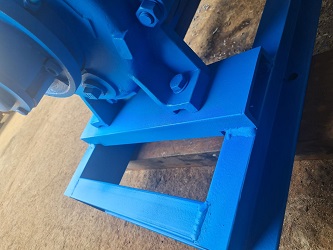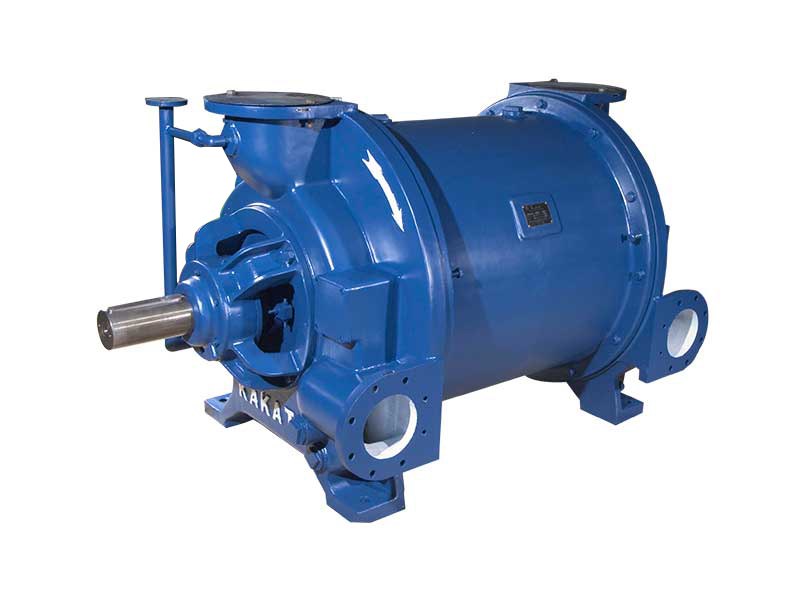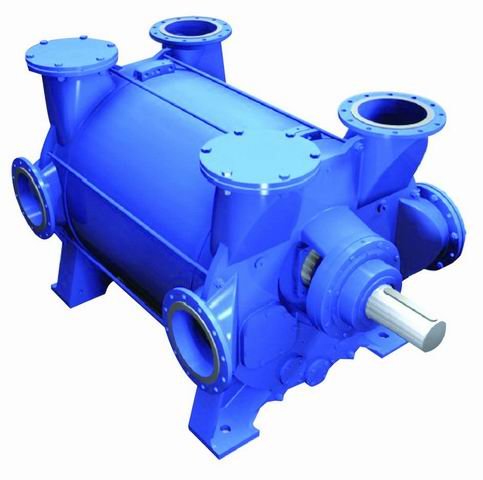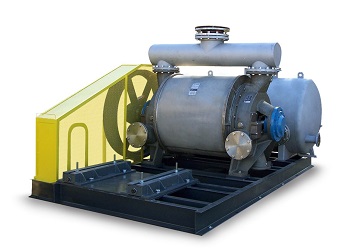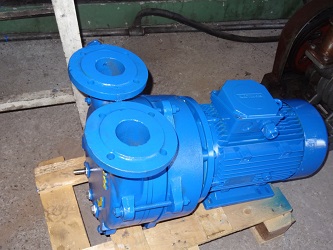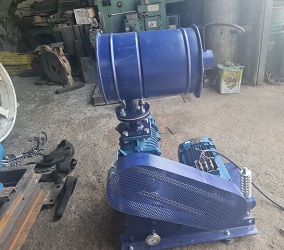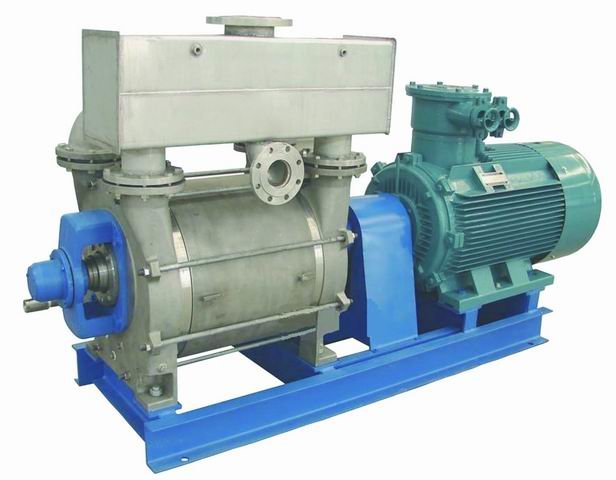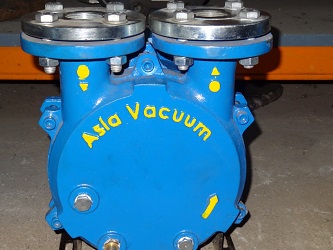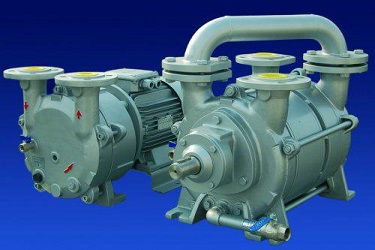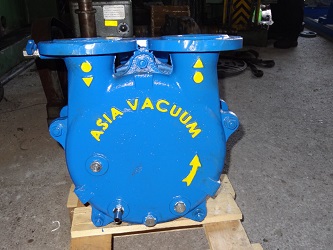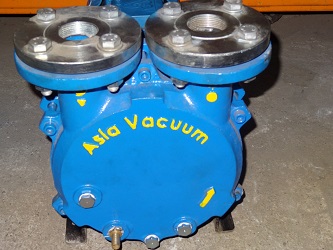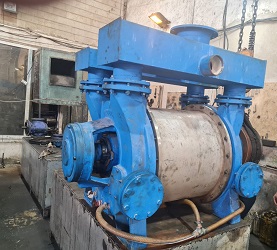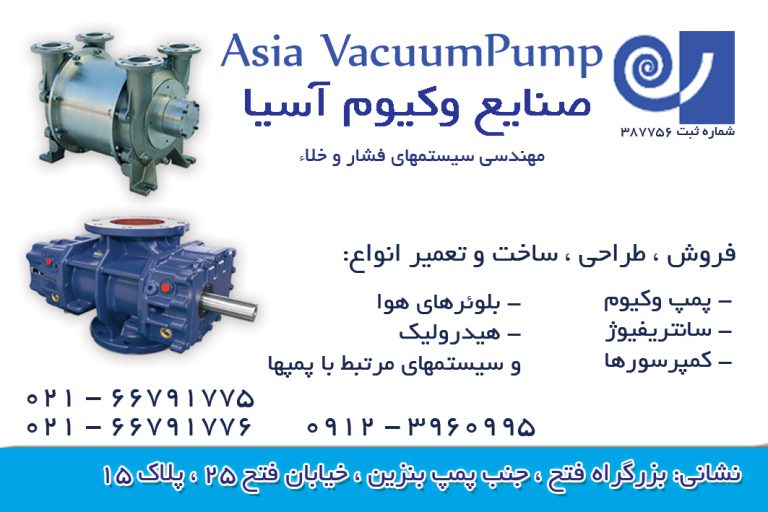Vacuum Ranges & Appropriate Pump Technologies

Vacuum pumps are categorized by the pressure ranges they operate within, each requiring different technologies. These ranges include rough vacuum, medium vacuum, high vacuum, and ultra-high vacuum, with corresponding pressure levels expressed in mbar or Torr. Rough vacuum uses mechanical pumps, while higher vacuum ranges necessitate additional technologies like turbomolecular pumps and ion pumps.
Vacuum Ranges and Corresponding Technologies:
- Rough/Low Vacuum (1000 to 1 mbar or 760 to 0.75 Torr):Mechanical pumps, such as rotary vane pumps or diaphragm pumps, are commonly used.
- Medium Vacuum (1 to 10⁻³ mbar or 0.75 to 7.5 x 10⁻³ Torr):Mechanical pumps, sometimes with boosters, are still suitable.
- High Vacuum (10⁻³ to 10⁻⁷ mbar or 7.5 x 10⁻³ to 7.5 x 10⁻⁷ Torr):Turbomolecular pumps, which offer higher pumping speeds, are often combined with mechanical pumps.
- Ultra-High Vacuum (10⁻⁷ to 10⁻¹² mbar or 7.5 x 10⁻⁷ to 7.5 x 10⁻¹² Torr):Ion pumps, which do not use oils and are less susceptible to contamination, are used along with turbomolecular and mechanical pumps.
- Extreme High Vacuum (below 10⁻¹² mbar or 7.5 x 10⁻¹² Torr):This range requires specialized technologies and careful system design to minimize outgassing and maintain cleanliness.
Additional Considerations:
- Pumping Speed:This refers to the volume of gas a pump can remove per unit of time and is a critical factor in pump selection.
- Ultimate Pressure:This is the lowest pressure a pump can achieve and is another key factor in determining the appropriate pump for an application.
- System Design:Proper installation and maintenance are crucial for optimal pump performance.
- Specific Applications:Different applications require different vacuum levels and pump types. For example, rotary evaporation in labs may utilize diaphragm pumps with variable speed control.
